Am I still ok to say happy new year? Because I really want to! It’s been a little while since I’ve been around and I’m really pleased to be back today albeit briefly as I hand over to Lucy, a Pelvic Health Specialist and Physiotherapist to talk to you about PGP or pelvic girdle pain which you might well be experiencing if you’re pregnant.
Lucy joined us last year to talk more about diastasis recti, or tummy separation during/post pregnancy so if you missed that post pop back and have a look at that as well.
What Is Pelvic Girdle Pain?
Suffering with low back/pelvic /hip and or groin pain? You could be experiencing Pelvic Girdle Pain or you may hear it referred to as PGP.
Do any of these sound familiar:
• Are you struggling to turn over in bed?
• Are you ok for a little bit when you’re up and moving but in agony by the end of the day?
• Does everything hurt even when you sit still too long?
• Have the stairs become a mountain challenge?
Your body goes through a lot of changes during and post pregnancy and it should adapt to the new demands that are being placed on it. This can be carrying a tiny little human for 9 months but it can also be dealing with the
awkward and repetitive positions you find yourself in with a new born and growing child.
Your body has many ways to adapt to these new demands and allow you to carry on moving without a second thought; however this is usually the result of muscles and your pelvic joints working harder than they are designed for. Over time they will start to let you know when they aren’t happy!
Top tips for managing PGP:
1. Exercise is okay! Our body is designed to move, so keep your up your normal regime to maintain strength and function, especially during pregnancy.
2. Being active is important but so is rest!
3. Pick the trips or tasks that are top of your list, don’t try to get everything done in 1 day. Get your family and friends to help out when needed.
4. Your pelvis likes having equal weight through both sides which can reduce how irritated things become by the end of the day. Try not to stand on one leg (think of climbing stairs 1 at a time) or hanging off your hip when standing. Keep your legs parallel and supported in bed with a pillow or pregnancy pillow. Try to avoid crossed legs and stand up before turning to move; there’s no rush.
5. Many women try pelvic belts and there are lots of different ones available online. These can act as a short term measure but won’t fix the problem. It is worth having an assessment with a physiotherapist to determine if a belt will help.
6. Listen to your body!
Thanks to Lucy for yet again imparting her wisdom upon us. I suffered with PGP through both of my pregnancies so if you are currently experiencing it I really feel for you. Lucy’s tips will definitely help. I found the pregnancy pillow, walking up steps one by one and also standing before turning a massive help and thankfully once my babies were out the pain subsided really quickly. Are you coping with it at the moment or do you have any other tips to add from experience?
As always, please seek professional advice from your GP or physio if you are struggling with any of these things. And you can find more helpful information here.
Beautiful photography by Little Beanies.



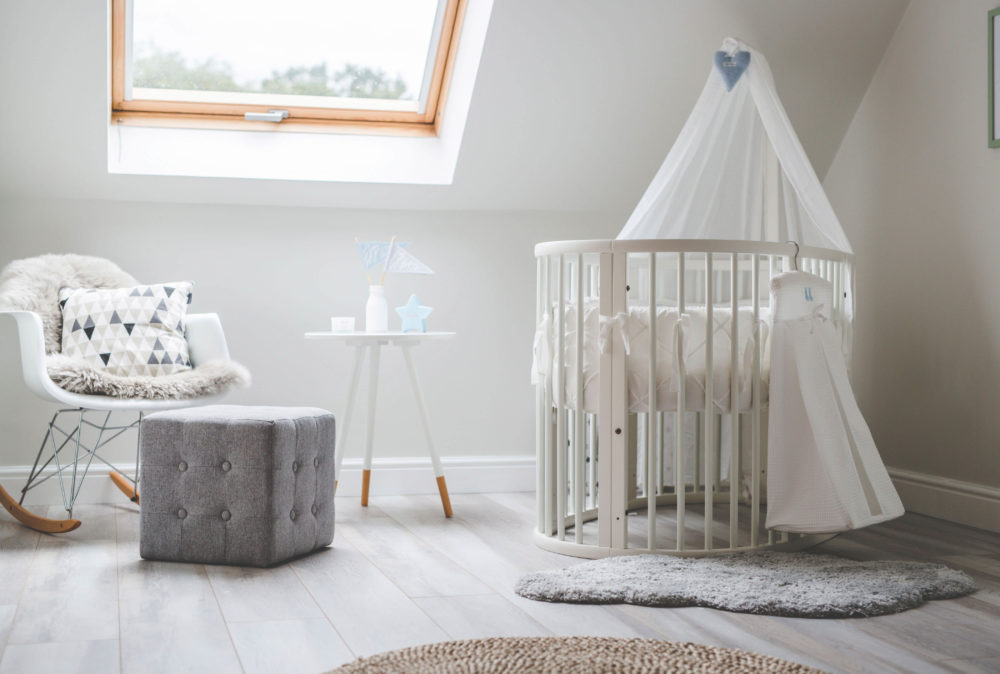
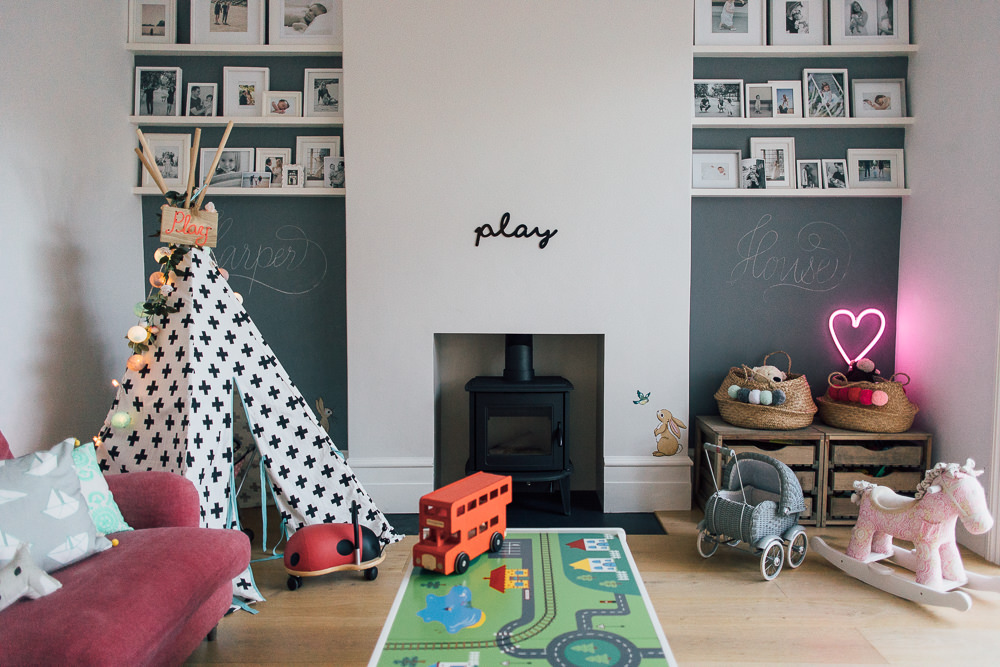
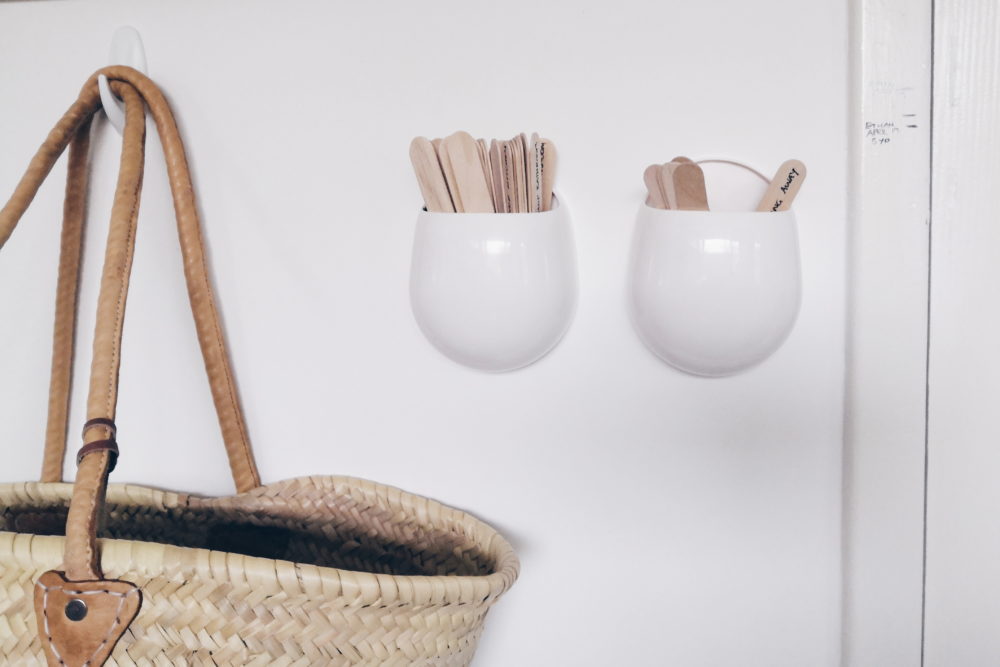
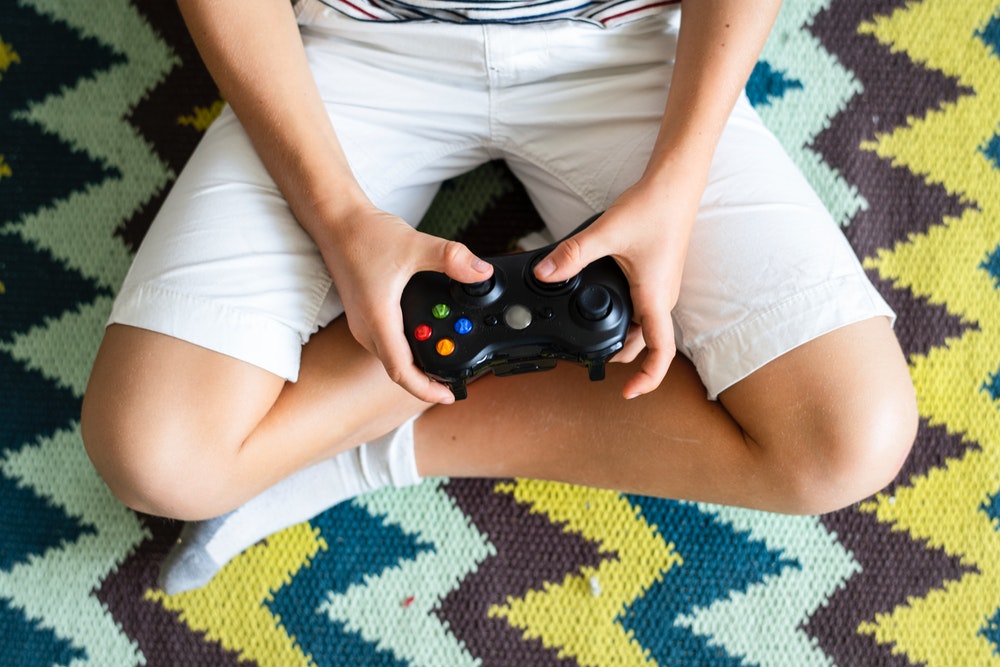
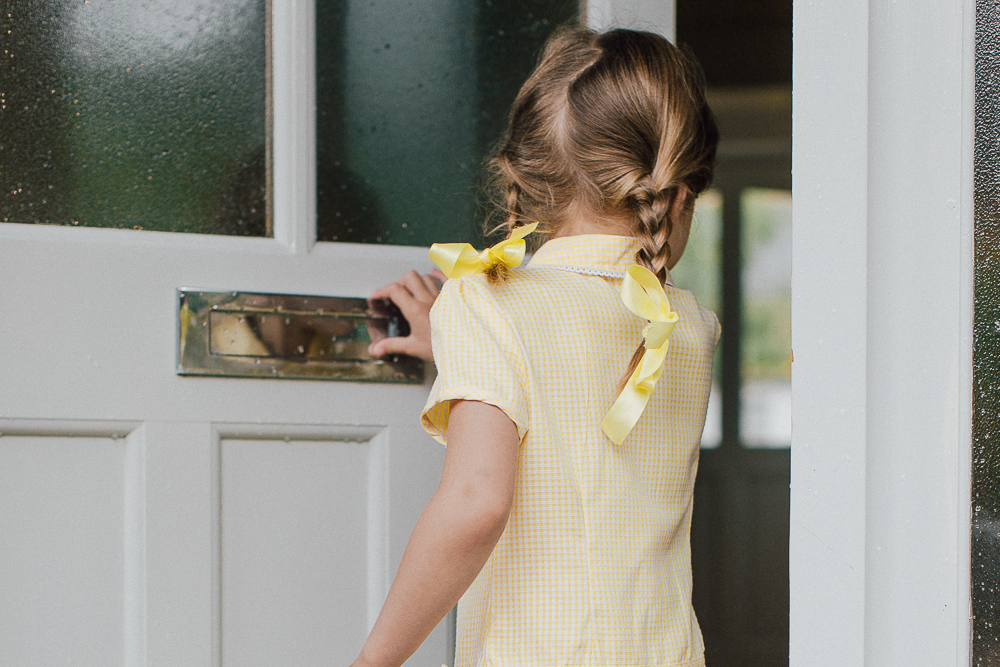

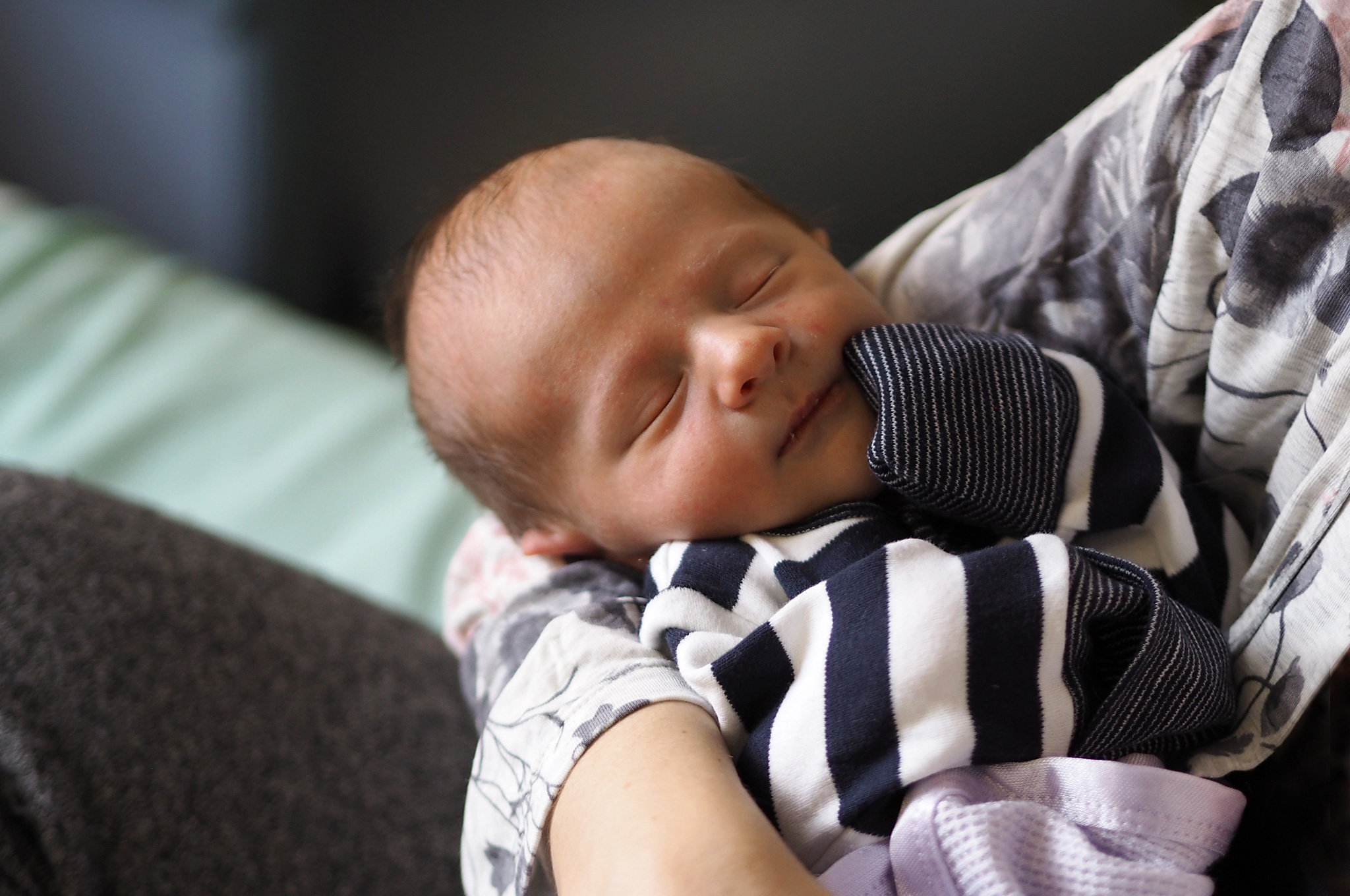
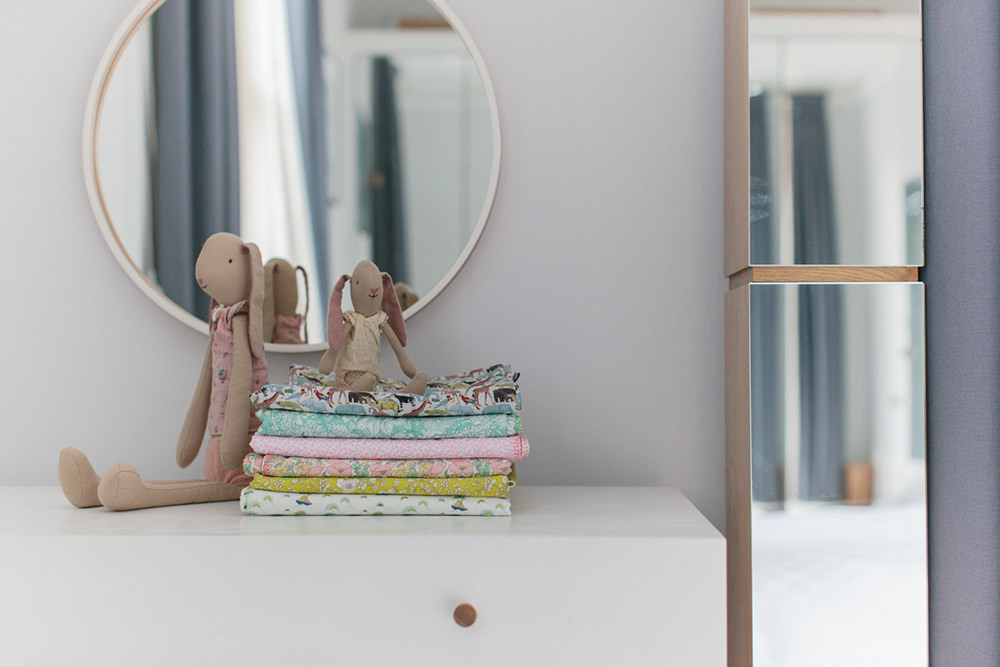

My tip is see your chiropractor! My gp referred me to a hospital group physio and it was useless, i heard other women say it didnt work either and just gave up but i had a physical job with no option to sign off sick as i am self employed. The chiropractor was a godsend! Also. It disappeared the minute my son waa born, amazing!
Thanks so much for sharing Rachel. It’s quite amazing how quickly it stops isn’t it! X
This sounds ridiculous when I write it, but I used to sit on a plastic carrier bag in the car so that when I got in and out it was easy to pivot both my legs round together. Stepping out one leg at a time was not an option!
Kitty this is such a good idea!! That ‘swivel’ is crucial isn’t it! x
Get your midwife to refer you for physio! Mine was a group session (I didn’t mind!) Gave me a technique for getting out of bed that I still use now and my daughter is 19 months old.
My PGP was really painful at times but I was so pleased that it disappeared as soon as baby was born xx